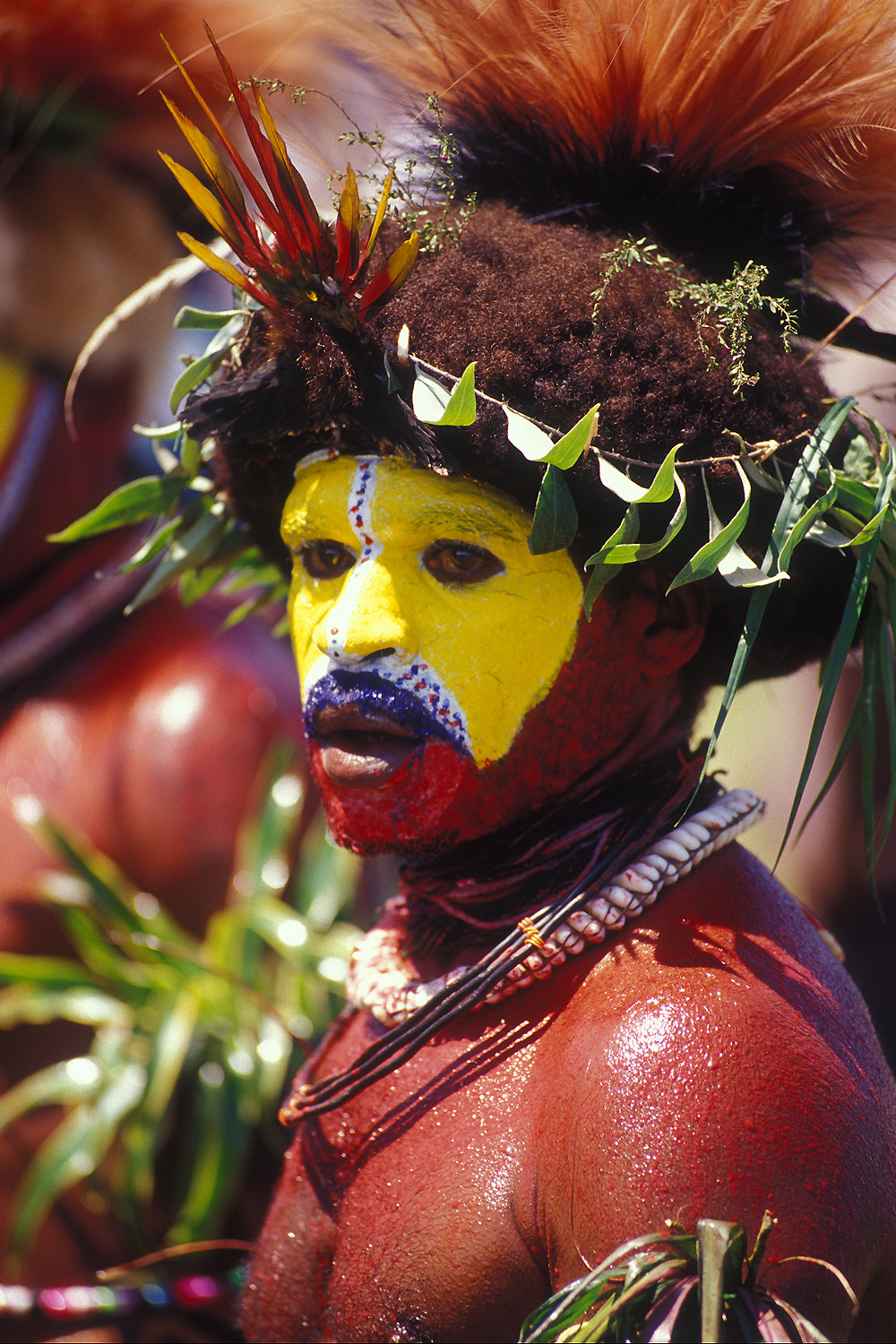|
Baruya People
The Baruya are a tribe in the highlands of Papua New Guinea. They have been studied since 1967 by anthropologist Maurice Godelier Maurice Godelier (born February 28, 1934) is a French anthropologist who works as a Director of Studies at the School for Advanced Studies in the Social Sciences. He is one of the most influential French anthropologists and is best known as one o .... There are approximately 1500 Baruya people living in the Wonenara and Marawaka valleys. References External links Resources on the Baruya language Ethnic groups in Papua New Guinea Tribes of Oceania {{PapuaNewGuinea-stub ... [...More Info...] [...Related Items...] OR: [Wikipedia] [Google] [Baidu] |
Papua New Guinea
Papua New Guinea (abbreviated PNG; , ; tpi, Papua Niugini; ho, Papua Niu Gini), officially the Independent State of Papua New Guinea ( tpi, Independen Stet bilong Papua Niugini; ho, Independen Stet bilong Papua Niu Gini), is a country in Oceania that comprises the eastern half of the island of New Guinea and its offshore islands in Melanesia (a region of the southwestern Pacific Ocean north of Australia). Its capital, located along its southeastern coast, is Port Moresby. The country is the world's third largest island country, with an area of . At the national level, after being ruled by three external powers since 1884, including nearly 60 years of Australian administration starting during World War I, Papua New Guinea established its sovereignty in 1975. It became an independent Commonwealth realm in 1975 with Elizabeth II as its queen. It also became a member of the Commonwealth of Nations in its own right. There are 839 known languages of Papua New Guinea, one of ... [...More Info...] [...Related Items...] OR: [Wikipedia] [Google] [Baidu] |
Maurice Godelier
Maurice Godelier (born February 28, 1934) is a French anthropologist who works as a Director of Studies at the School for Advanced Studies in the Social Sciences. He is one of the most influential French anthropologists and is best known as one of the earliest advocates of Marxism's incorporation into anthropology. He is also known for his field work among the Baruya in Papua New Guinea from the 1960s to the 1980s.Niko Besnier and Alan Howard. (April 1997) . Newsletter of the Association for Social Anthropology in Oceania. Early life and education Godelier was born to a poor family in provincial France in the commune Cambrai. In 1955, Godelier received an associate degree in philosophy, a degree in psychology, and a degree in modern literature. During his early education, he was especially interested in the works of Husserl. He attended the École normale supérieure de Saint-Cloud from 1955 to 1959 and received an agrégation in philosophy. Godelier developed a specific int ... [...More Info...] [...Related Items...] OR: [Wikipedia] [Google] [Baidu] |
National Film And Sound Archive Of Australia
The National Film and Sound Archive of Australia (NFSA), known as ScreenSound Australia from 1999 to 2004, is Australia's audiovisual archive, responsible for developing, preserving, maintaining, promoting and providing access to a national collection of film, television, sound, radio, video games, new media, and related documents and artefacts. The collection ranges from works created in the late nineteenth century when the recorded sound and film industries were in their infancy, to those made in the present day. The NFSA collection first started as the National Historical Film and Speaking Record Library (within the then Commonwealth National Library) in 1935, becoming an independent cultural organisation in 1984. On 3 October, Prime Minister Bob Hawke officially opened the NFSA's headquarters in Canberra. History of the organisation The work of the Archive can be officially dated to the establishment of the National Historical Film and Speaking Record Library (part of th ... [...More Info...] [...Related Items...] OR: [Wikipedia] [Google] [Baidu] |
Ethnic Groups In Papua New Guinea
The indigenous population of Papua New Guinea is one of the most heterogeneous in the world. Papua New Guinea has several thousand separate communities, most with only a few hundred people. Divided by language, customs, and tradition, some of these communities have engaged in endemic warfare with their neighbors for centuries. It is the second most populous nation in Oceania, with a total population estimated variously as being between 9.5 and 10.1 million inhabitants. The isolation created by the mountainous terrain is so great that some groups, until recently, were unaware of the existence of neighboring groups only a few kilometers away. The diversity, reflected in a folk saying, "For each village, a different culture", is perhaps best shown in the local languages. Spoken mainly on the island of New Guinea, about 650 of these Papuan languages have been identified; of these, only 350-450 are related. The remainder of the Papuan languages seem to be totally unrelated either to ... [...More Info...] [...Related Items...] OR: [Wikipedia] [Google] [Baidu] |

